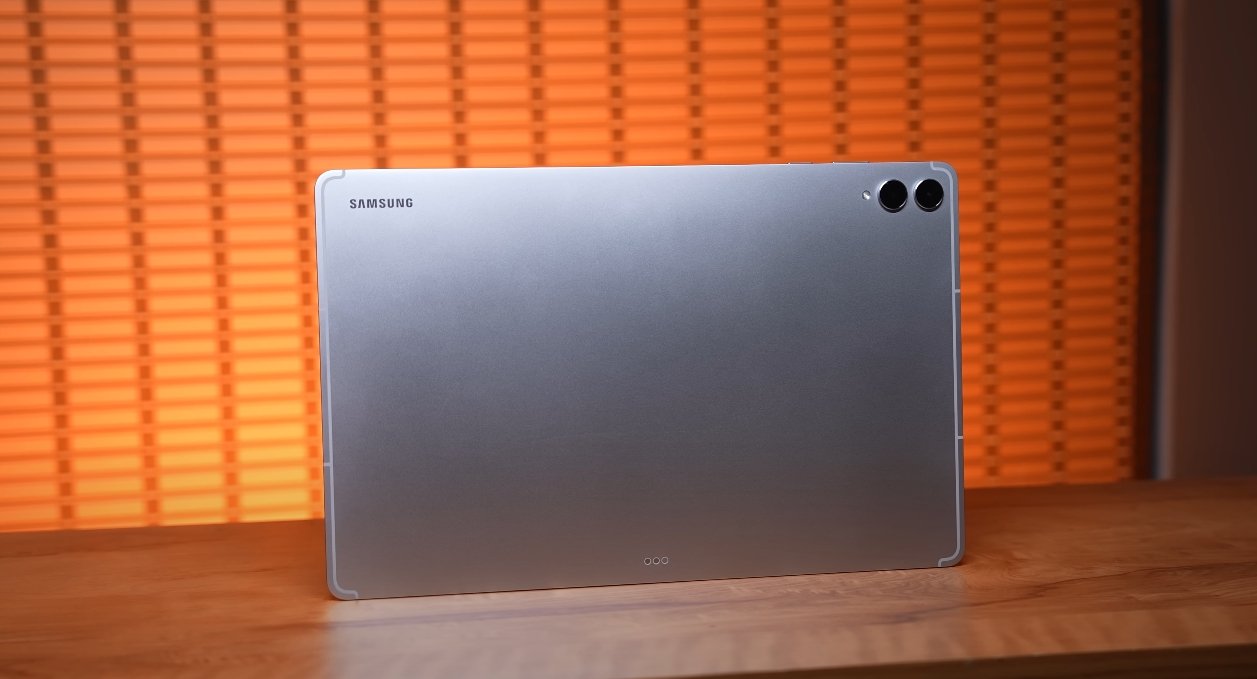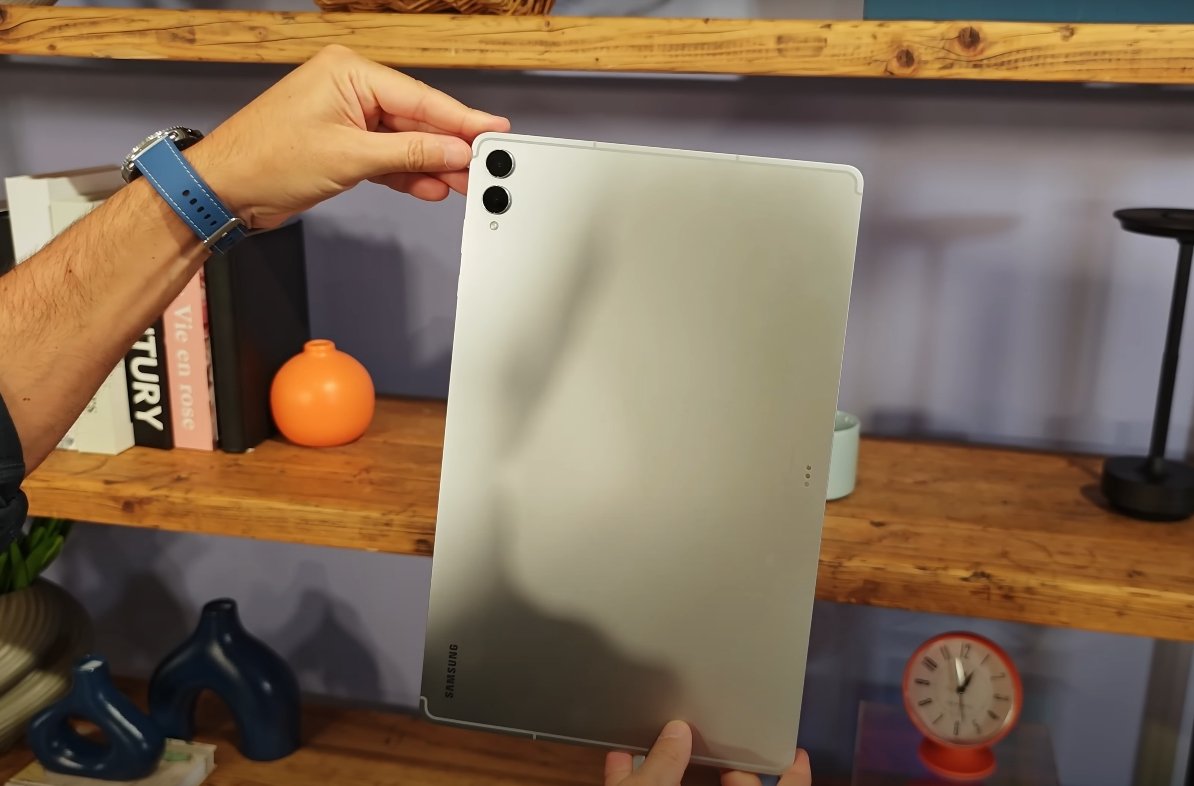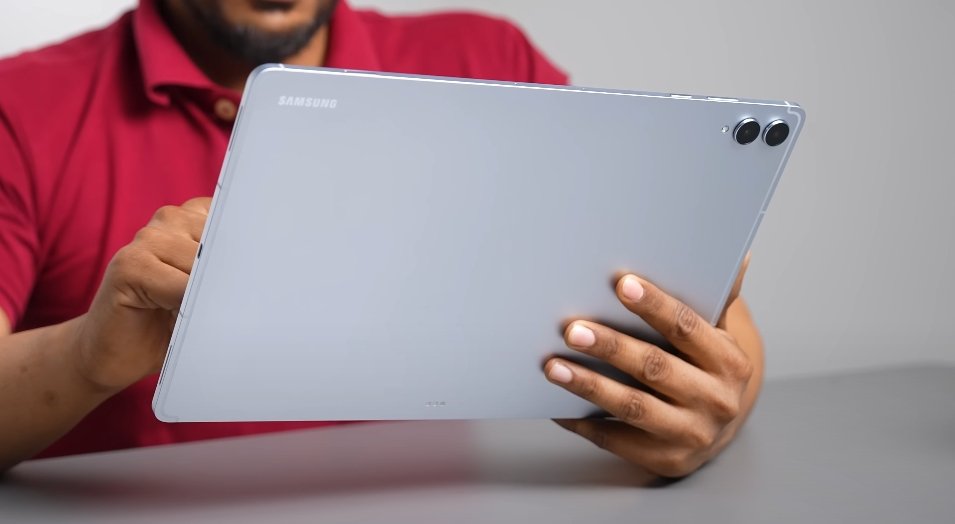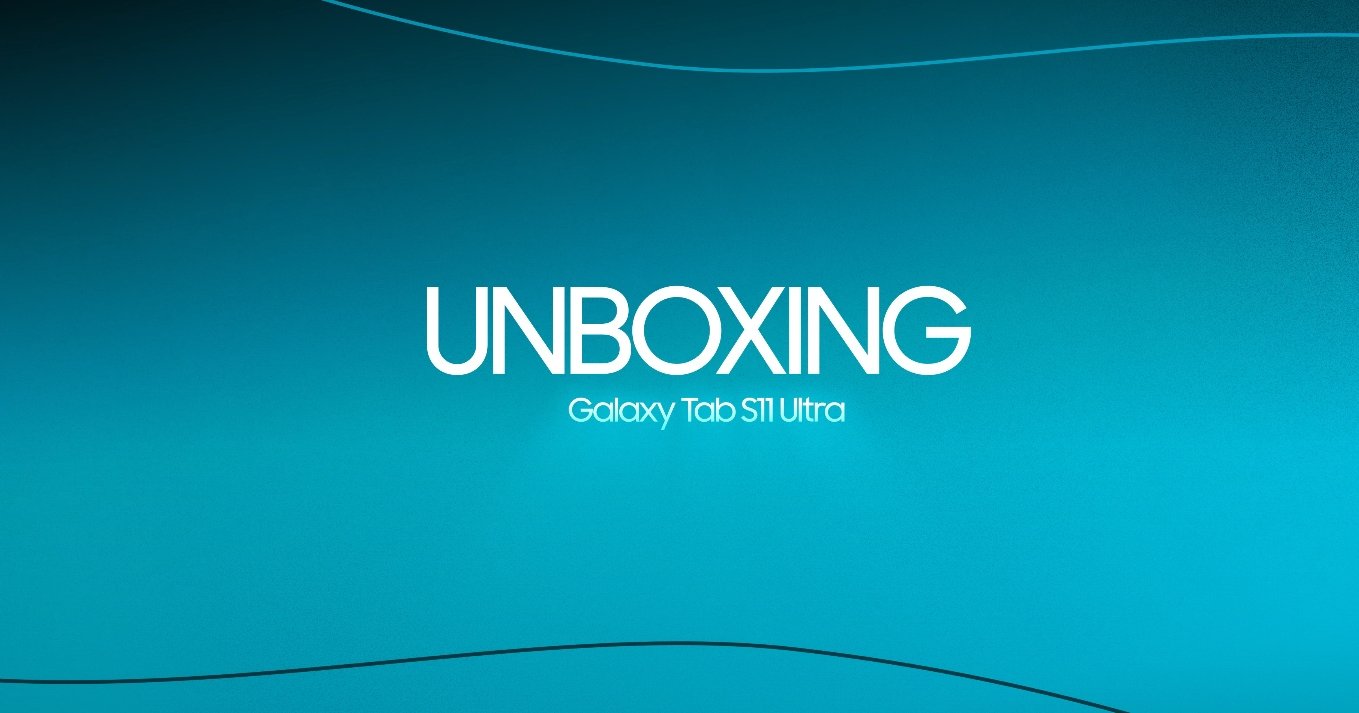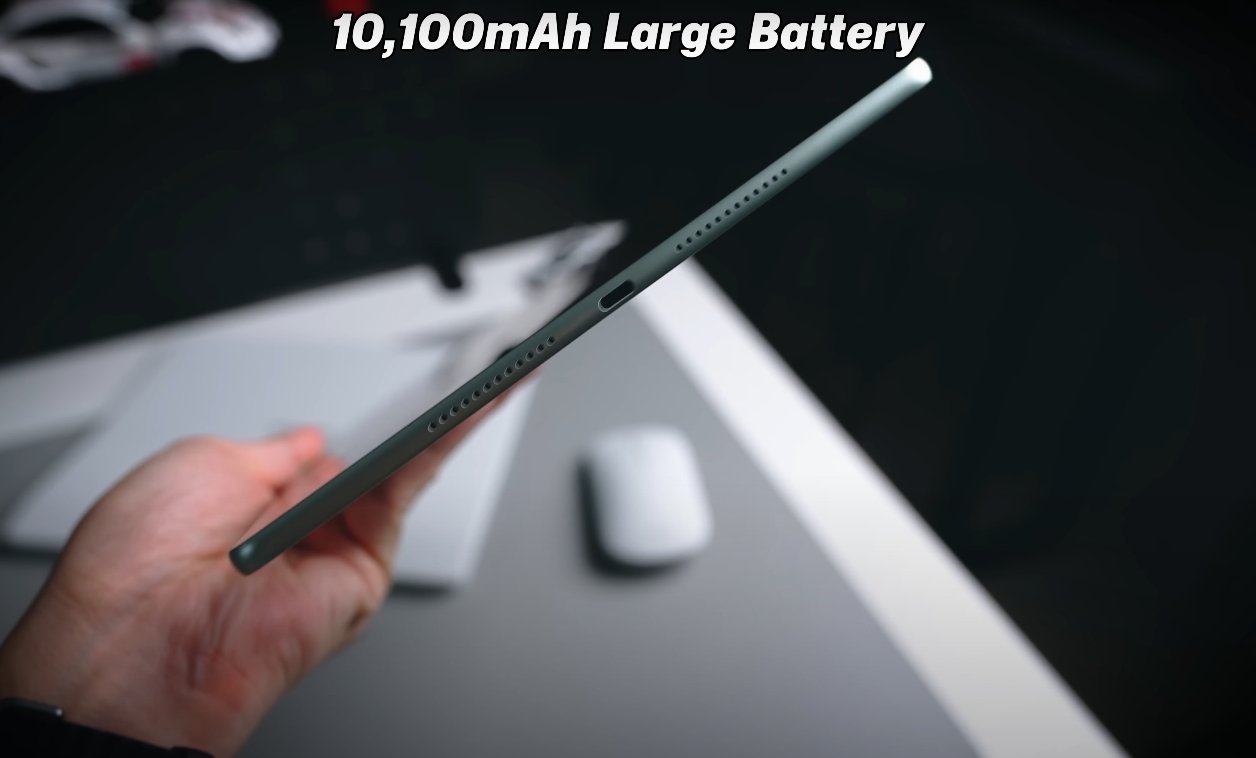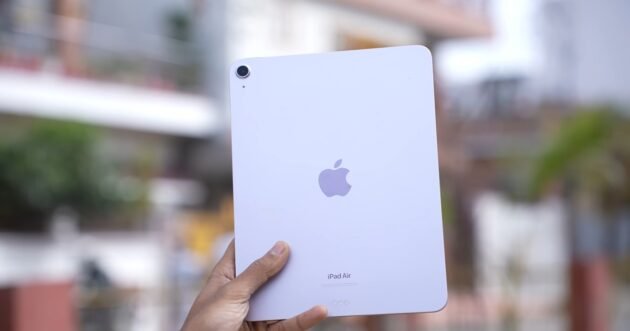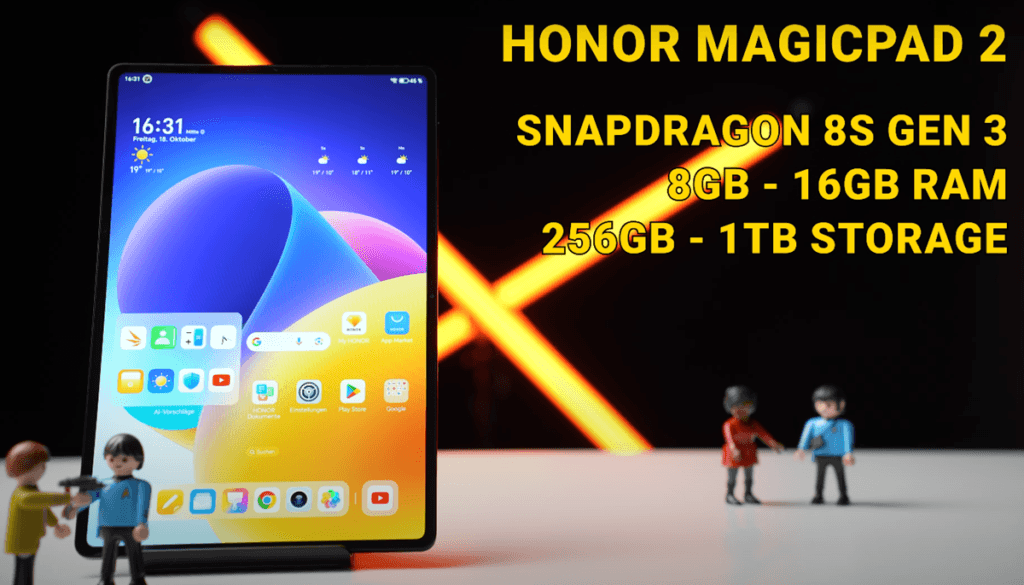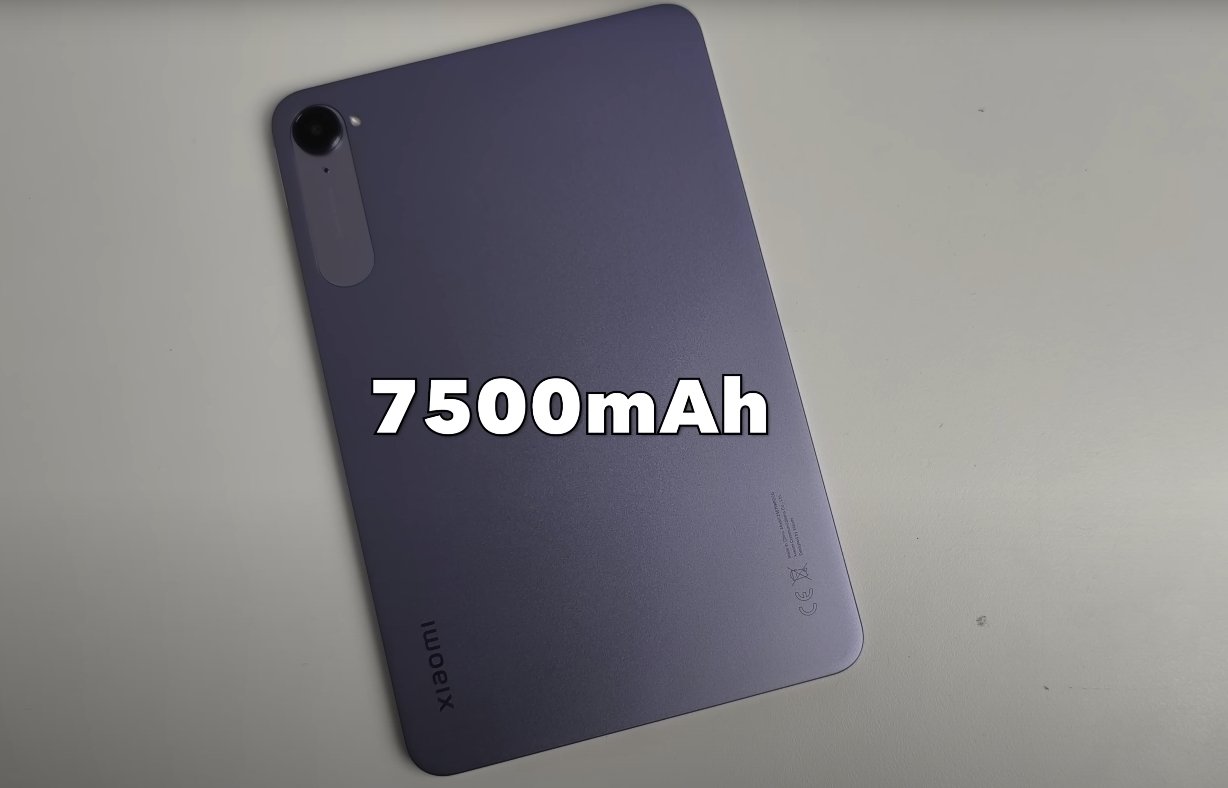Comparing Two Powerhouse Android Tablets of 2025
In the premium Android tablet market of 2025, the Samsung Galaxy Tab S11 Ultra and the Xiaomi Pad 7 Pro stand out as two of the most capable options available. Both devices bring flagship-level hardware, advanced displays, and strong performance, but they cater to very different audiences. Samsung’s model focuses on large-screen productivity and high-end craftsmanship, while Xiaomi’s approach centers on performance efficiency and affordability. Here’s how these two tablets stack up in real-world use, design, performance, and value.
The Samsung Galaxy Tab S11 Ultra continues the company’s tradition of large, immersive displays. It features a massive 14.6-inch Dynamic AMOLED 2X screen with a 2960×1848 resolution and a smooth 120Hz refresh rate. This makes it ideal for multitasking, video editing, and creative work, offering deep contrast, vibrant colors, and sharp clarity. On the other hand, the Xiaomi Pad 7 Pro opts for an 11.2-inch LCD panel with a 144Hz refresh rate and 3.2K resolution. While it lacks AMOLED’s rich contrast, the higher refresh rate makes scrolling and gaming incredibly fluid. For portability and ease of use, Xiaomi’s smaller form factor is more practical, but Samsung’s massive display delivers a far more immersive experience.
When it comes to performance, the Galaxy Tab S11 Ultra is powered by the MediaTek Dimensity 9400+ processor paired with up to 16GB of RAM and 1TB of storage. This combination provides flagship-grade performance that excels in multitasking, 3D gaming, and productivity applications. The tablet runs effortlessly even with heavy workloads, thanks to Samsung’s thermal optimization and One UI 8 software enhancements. The Xiaomi Pad 7 Pro, meanwhile, uses the Snapdragon 8s Gen 3 processor, paired with up to 12GB of RAM and 512GB of storage. It’s a very capable chip that delivers excellent gaming and day-to-day performance, but it cannot match Samsung’s higher-tier processing or expanded storage options.
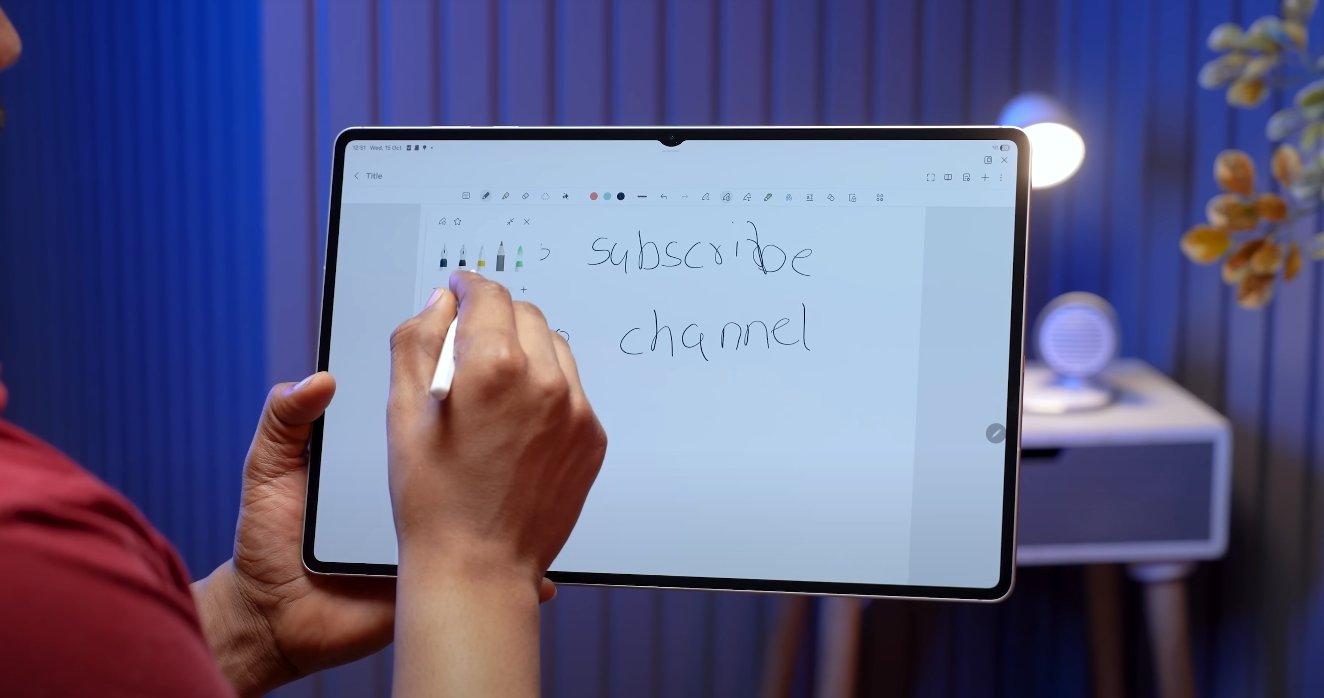
Software and productivity features mark one of the biggest differences between these two tablets. The Galaxy Tab S11 Ultra runs Android 16 with Samsung’s One UI 8, which includes DeX mode for a full desktop-like experience. Users can connect external displays, use multiple resizable windows, and operate apps side-by-side just like a PC. The S Pen comes bundled, offering low-latency input for drawing, note-taking, and creative design. Xiaomi’s Pad 7 Pro runs on HyperOS based on Android 14 and focuses more on entertainment and multitasking within its ecosystem. While it supports a stylus and keyboard, these accessories are sold separately, and its software lacks Samsung’s deep productivity integration.
Battery life and charging speed also reflect different design philosophies. The Galaxy Tab S11 Ultra packs an 11,600mAh battery, optimized for long sessions of productivity and media consumption. It supports 45W fast charging, capable of recharging the large cell quickly despite its size. Xiaomi’s Pad 7 Pro features a smaller 8,850mAh battery but compensates with faster charging up to 67W in some variants. In everyday usage, Samsung’s larger capacity gives it the endurance edge for long creative work sessions, while Xiaomi’s faster charging suits quick top-ups throughout the day.
Design and build quality are other areas where Samsung takes the lead. The Galaxy Tab S11 Ultra uses Armor Aluminum and carries an IP68 water and dust resistance rating, offering both durability and a premium aesthetic. The device feels sleek and professional, especially when used with Samsung’s keyboard cover and S Pen. The Xiaomi Pad 7 Pro, while solidly built, relies on a more traditional aluminum chassis without water resistance. It feels premium for its price but is clearly aimed at offering flagship features at a more accessible cost.
When comparing prices, the difference is significant. The Samsung Galaxy Tab S11 Ultra sits firmly in the premium category with a price that matches its large display, powerful hardware, and productivity tools. The Xiaomi Pad 7 Pro, however, is positioned as a value-oriented flagship alternative, offering top-tier performance and display smoothness at a fraction of the cost. For users on a budget who still want a powerful Android tablet, Xiaomi’s offering is hard to beat. But for professionals or creative users seeking a true laptop replacement, Samsung’s device justifies its higher price tag.
In conclusion, the Samsung Galaxy Tab S11 Ultra and Xiaomi Pad 7 Pro represent two distinct visions of what a premium tablet should be. Samsung focuses on performance, creativity, and versatility, delivering an ultra-large screen and robust multitasking experience. Xiaomi, on the other hand, emphasizes efficiency, affordability, and portability while still offering high-end specs. If you need a professional-grade device for productivity and creative work, the Galaxy Tab S11 Ultra is the clear winner. However, if you want a capable, fast, and portable tablet for entertainment and everyday tasks without the premium price, the Xiaomi Pad 7 Pro stands out as one of the best value options of 2025.
Also Read: Xiaomi Pad Mini official announcement and launch highlights
